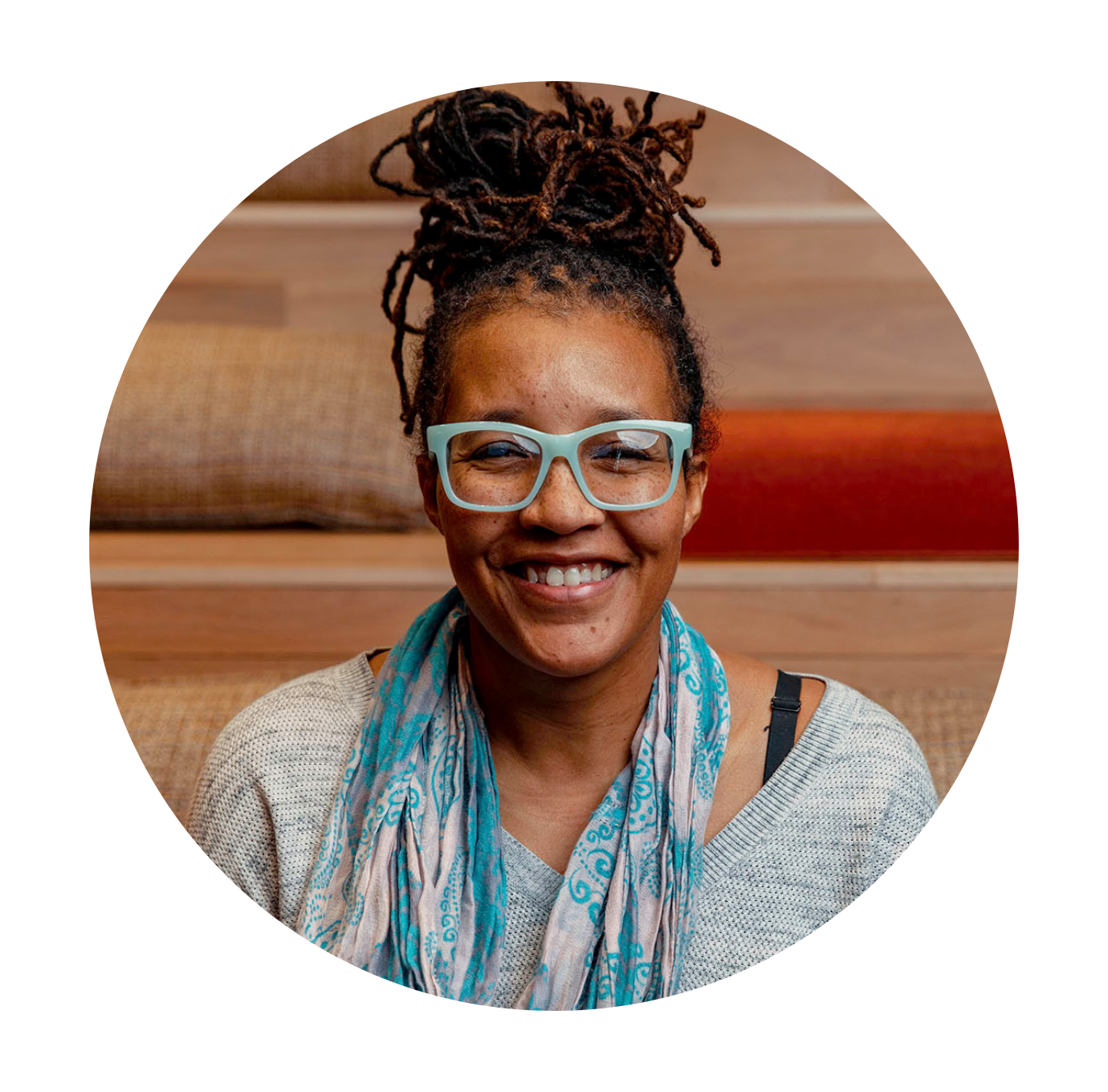Getting our bodies from one place to another is something we often take for granted. It's not until it's a challenge that we are aware of how complex it can be. Fortunately, over the years we've determined some strategies and tried adaptive equipment that's helped our patients improve posture and stability.
In this blog post, we'll explore:
- the benefits of proper posture
- discuss strategies for improving mobility and transfers
- look at adaptive equipment for postural support
- expert advice on posture and mobility from an occupational therapist's viewpoint
So if you are ready to dig in, then read on! But if you want some extra guidance custom to your unique situation, just schedule a virtual visit with one of our occupational therapists.
The benefits of proper posture
Having proper posture is essential for improving transfers and mobility. Good posture can reduce pain, enhance balance and coordination, and prevent falls. These benefits are especially important for older individuals or those with disabilities who may already have some trouble moving around.
Good posture helps reduce strain on muscles, joints, ligaments, and tendons during transfers or walking by decreasing tension in the body. When the body is relaxed, it's easier to move effectively without overexertion, which can lead to injury. Proper alignment of the spine also helps promote better balance and reduces the risk of falls.
Having good posture also helps with breathing efficiency as it allows air to move more freely throughout the body. This increases oxygen levels in the blood stream, resulting in improved overall energy levels and alertness plus better muscular function. Proper alignment of the neck, shoulders, hips, knees, ankles, and feet all play an important role in providing stability during transfers or walking.
Finally, good posture has psychological benefits as well. When people can look each other in the eye, it establishes a sense of trustworthiness and connection. If our heads are down because we're hunched forward over the walker or sitting in a wheelchair, it's so easy to miss that eye contact and connection. I think that's one reason 1 in every 3 adults over 45 years of age feels lonely. That feeling of sadness isn't only disheartening, but it's also linked to higher chances of severe health problems.
Strategies for improving mobility with proper posture
Good posture is essential for improving transfers and mobility. It helps to reduce pain, improve balance and coordination, prevent falls and injuries, as well as provide psychological benefits like feeling more connected. We've discussed why it's important, so now let's talk strategies on how to make it happen.
1. Practice Good Posture While Sitting: When sitting in a chair, focus on sitting up straight with your head slightly tilted forward and your shoulders back. Your feet should be flat on the floor or resting on a footrest if necessary. If you're like me, I bet you just adjusted yourself. It can be so hard to engage those muscles continuously.
2. Practice Good Posture While Standing: When standing, keep your feet slightly apart with one foot slightly in front of the other for better balance and control. Make sure your weight is evenly distributed throughout both legs and maintain a slight bend in your knees instead of locking them straight. Gently pull your shoulder blades together while keeping them relaxed but not hunched over. Allow your arms to hang naturally by your sides and hold onto something stable if necessary for extra stability during transfers or walking.
3. Maintain Core Strength: Having strong core muscles will help you maintain proper posture when transferring from one position to another or when walking short distances. Core exercises can be done while sitting or standing using weights or resistance bands. But I think it's more effective with your own body weight because you can do them anytime. Try sitting up straight, tightening your belly muscles and then lean to one side. Feel that tension? You're working those muscles and building core strength right now!
4. Adaptive Equipment: Adaptive equipment can provide trunk support to help stabilize the body during transfers or when walking. Keep reading on and we'll dig into some of the equipment we've found most useful in our work with patients. Consulting with an occupational therapist can help identify what would work best for an individual based on their current level of ability.
Adaptive equipment for postural support
We're all about adaptive equipment at AskSAMIE. And while we started by using adaptive equipment to modify homes, it was easy to see how equipment could also help support the body. Here are a few of our favorite products that provide postural support:
- Posture correctors - help to promote good posture by providing support to the shoulders and spine while standing or sitting
- Quad canes - provide additional stability when transferring from one surface to another due to their four-point base design
- Upright walkers - an excellent choice when additional stability is needed for balance while walking but also need extra support to keep from hunching over.
Combining adaptive equipment with other therapeutic techniques like core strengthening exercises and kinesiotaping can further improve posture. Exercises help build the abdominal muscles so the body supports itself better. This is an effective long-term approach. In contrast, kinesiotaping provides targeted compression and helps reduce swelling in the joints. This helps alleviate pain and can improve range of motion during movement.
Overall, adaptive equipment provides essential postural support that's been proven to reduce pain, enhance balance and coordination, improve breathing efficiency, prevent falls, increase independence during daily activities, and even enhance psychological wellbeing through increased confidence. With professional guidance from an occupational therapist, it's easy to find the right pieces of adaptive equipment that suit your individual needs so you can maximize postural support when transferring or moving around throughout your day-to-day activities.
An expert's advice on posture and mobility
The importance of posture and mobility shouldn't be underestimated! We, as occupational therapists, are an invaluable source of knowledge regarding making transfers easier and safer. There are a lot of ways to connect with an occupational therapist to get a personalized assessment. At AskSAMIE we offer a virtual assessment so you can easily get the answers you need. We'll help you navigate what changes can be made, what equipment will help, and what exercises can be helpful.
Adaptive equipment can range from wheelchairs to walkers to transfer boards. Each of which has features and benefits that can be tailored to make it meet your specific needs based on height, weight, and the way the person moves.
In conclusion, work with an OT! We're here for you! Tap into our knowledge and skills so we can dissect the problem and craft a plan that's customized to the person's needs to improve health and independence. If you have questions, contact us here. We're happy to help!


